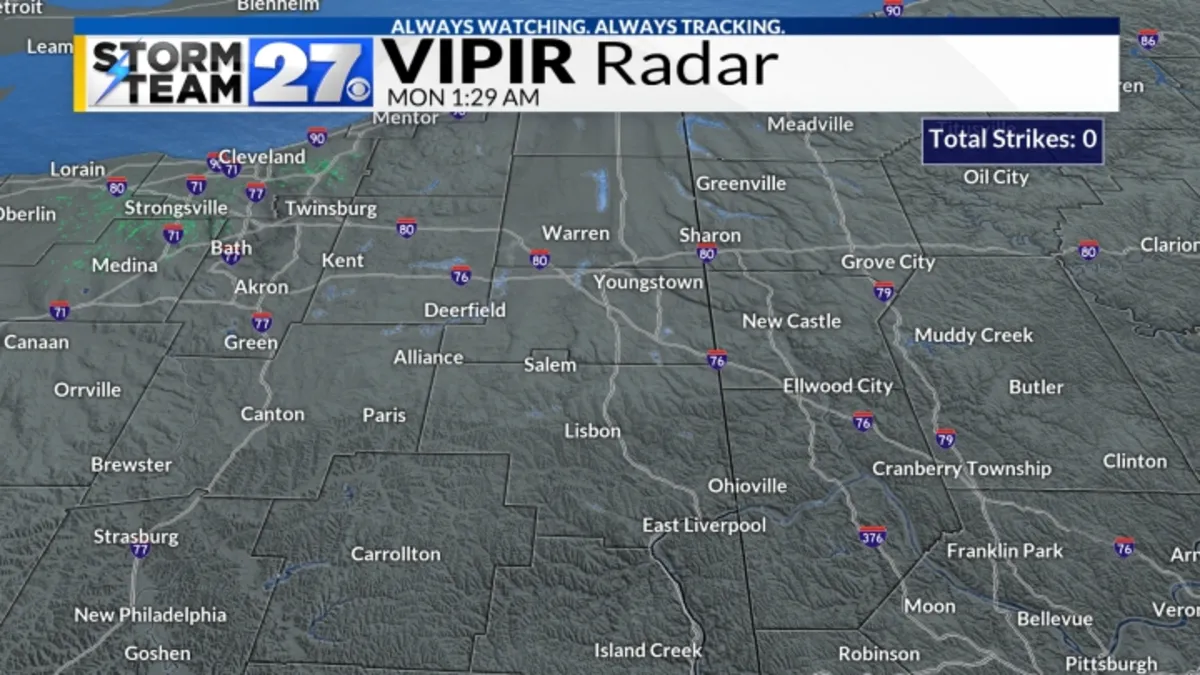
On the heels of an extraordinary solar eclipse and numerous sightings of the Northern Lights in 2024, another captivating celestial event is set to grace our skies this week. The highly anticipated 2025 total lunar eclipse will occur overnight on Thursday, March 13, extending into the early hours of Friday, March 14, across the entire United States. While residents in the Mahoning and Shenango valleys will have the chance to witness this total lunar eclipse, the actual visibility will depend significantly on sky cover and the prevailing weather forecast.
During a lunar eclipse, the sun, moon, and Earth align perfectly, causing the moon to pass into the Earth's shadow. In this specific total lunar eclipse, the entire moon will be engulfed in the darkest part of the Earth's shadow, creating a stunning visual effect where the moon appears to take on a striking red-orange hue. This phenomenon is commonly referred to as a "blood moon." The reddish color occurs due to the scattering of sunlight through the Earth's atmosphere, which varies with different angles throughout the day, as noted by NASA.
Unlike last year's solar eclipse, there is no need for special glasses or observatory equipment to enjoy the lunar eclipse. While using a telescope or high-quality binoculars can enhance the experience, it is entirely visible to the naked eye. According to NASA, viewers should look toward the western sky during the overnight hours from Thursday into Friday to catch this spectacular sight. Below is the recommended observation "schedule of events" for the eclipse:
First Stage: Begins at 11:57 p.m. - The moon enters the outer part of the Earth's shadow, a subtle beginning. Second Stage: 1:09 a.m. - The partial eclipse starts, causing the moon to appear as if a bite has been taken out of it. Third Stage: 2:26 a.m. - Totality begins, and the moon transforms into a "coppery red." Fourth Stage: 3:31 a.m. - Totality ends, and the red color begins to fade as the "bite" from the second stage moves out. Final Stage: 6:00 a.m. - The eclipse concludes.For those keen on viewing this astronomical event, the prime time will be from 2:26 a.m. until 3:31 a.m. Consider scheduling a nap earlier in the day to fully enjoy this unique experience!
As with all celestial phenomena, clear skies are crucial for visibility. Current forecasts are still developing as the eclipse approaches, but mainly dry weather is anticipated this week. However, cloud cover may increase as we near the weekend. By Friday, while a complete overcast sky is unlikely, a 50-70% chance of cloud cover is probable, which could impede visibility of the total lunar eclipse. As we get closer to the event, the long-term model data will provide clearer insights into the weather conditions.
Stay tuned for updates as this spectacular lunar eclipse approaches, and prepare to witness a remarkable celestial display that captivates astronomers and skywatchers alike.